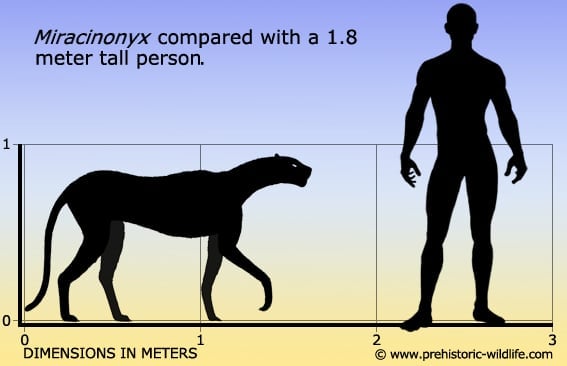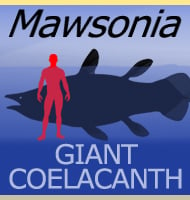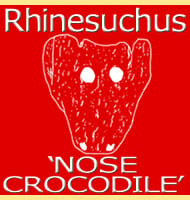In Depth
Further Reading
– The Cheetah: Native American. – Science 14 September 1979: Vol. 205 no. 4411 pp. 1155-1158. – Daniel B. Adams – 1979. – The Plio-Pleistocene cheetah-like cat Miracinonyx inexpectatus of North America – Journal of Vertebrate Paleontology 10(4):434-454. – Blaire Van Valkenburgh, Frederick Grady & Bj�rn Kurt�n – 1990. -Evolution of the extinct Sabretooths and the American cheetah-like cat. – Current Biology 15 (15): R589–R590 – Ross Barnett, Ian Barnes, Matthew J. Phillips, Larry D. Martin, C. Richard Harington, Jennifer A. Leonard, Alan Cooper – 2005.










